YES YES!
The straight answer is yes!
Walking can help with lower back pain, as long as you’re not settling for less than your best efforts.
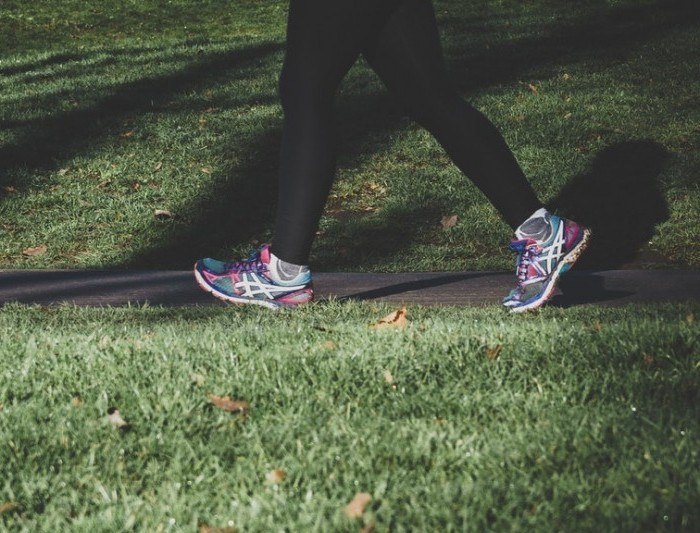
In times today, the word exercise gets used on the regular. With people talking about it, and infomercials like “Get Ready now and get Fit today” With the fine print- “it’ll take 30 days if you purchase this to see you first results”lol.
I don’t know about you but that leaves me with an “Oh that long!” Not if you’re in pain.
Pain works differently. The results come a little sooner, and gradually increase in growth over time. It’s an internal first, external second experience.
In the case of lower back pain you can begin to see changes to you “overall body” and “mind” the sooner you get started, and one way to start you journey to recovery is by WALKING.
Walking is the best low-impact conditioning activity you can do for you lower back. What makes it the best?
- Bone and muscle strengthening
- Better nutrients to flow to you disc
- Simply mindless
In this article I want to help you figure out how you can make walking an instrumental element in you day to day life, and better understand the concept of “does walking help lower back pain?.”
By the time you’re done reading this I will hope to accomplish 4 things:

one thing, you made a valiant effort to walk like a champ.
Here are the points I will be touching on:
- Causes while walking
- Safety while walking
- Low-impact walking strategies
- Different types of walking
- What is best for you
So let’s jump right on in.
The Cause When You Walk
Before unraveling the best solutions and pealing back the layers on exactly how does walking help with back pain, let’s understand the causes.
Have you tried to walk and felt your lower back almost give out?
It doesn’t take a minute, or a mile to realize theirs pain preventing you from going a step further. But the real question is where’s it coming from?
If you have or don’t have an injury to your spine, It’s still 100% positive that your hips are to point the finger at. Look a little deeper behind the skin and you’ll find your sacroiliac joint(SI Joint) to your right and left of your pelvis. Is this it?
It’s most likely your SI Joint has shifted and moved to one side more than the other, causing you pain.
In the following 3D animation, you’ll notice the L3-L5 disc as well as everything from the spine to your pelvis. The anterior pelvic is at the front, and your posterior pelvic is the back end. The inflammation of your SI joint begins in the anterior position.
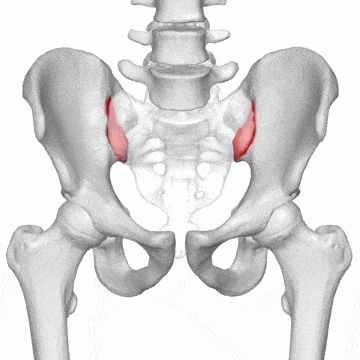
Your Sacrum – the lower part of your spine, is not connected to your pelvis(illium), helped and supported by tendons and ligaments, it’s vulnerable to mobility. The pain comes from:
Ex: walking down a step, stepping down a curb, or just simply twisting can dislodge the position of these two parts on your frame, causing severe pain.
There are exercises I do designed to help this. You should always check with your doctor before doing any of them.
Walking Knows Boundaries, It’s called “Safety”
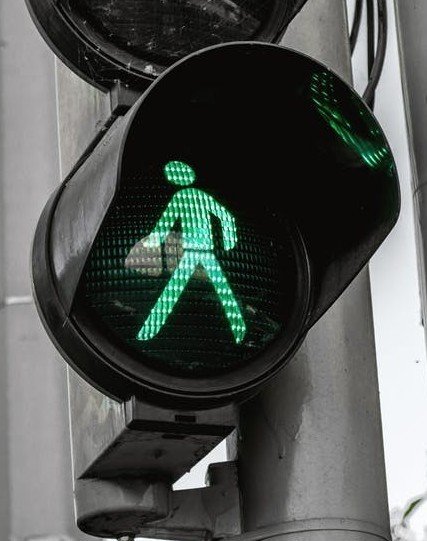
Like any exercise you set a goal to do, you’ll have to know about safety first. You want to see the safety crash course? Here you have it!
First off, you shouldn’t go blindly into walking, because there are some safety concerns you can get mixed up with.
It’s not just as easy as getting you tight joints and muscles off from sitting, and straight out the door. If the pain is persistent its time to try another activity. Try swimming.
How to begin:
Start with a simple warm up.
- Warm up walk. I take about a 3-minute walk to loosen up and warm up my muscles. 5 minutes works best as a starter.
- Stretch. Your joints and muscles need to warm up prior. You are about to embark on a range of different motions, your body will need all the strength necessary to keep you well throughout the exercise
To stretch you’ll need some room. Find a flat surface where you’ll be able to move around without bumping into anything or anyone.

At the first feel of a muscle spasm, that usually ends up in and ache in my back.
I immediately stand up, head out the front door, and I take a short 5 minute walk to relieve myself. This is what you can do:
- Calf Soleous Stretch
How to do it:
- Find an edge of a curb and a wall or a pole.
- Place you right foot om the edge of the curb pointing you foot up.
- Keep you left foot behind you and extended out
- Grip the wall or the pole
- Bend the knee just a little
- Feel the back of the right leg
- Hold for 15 seconds
- Switch sides
- Repeat
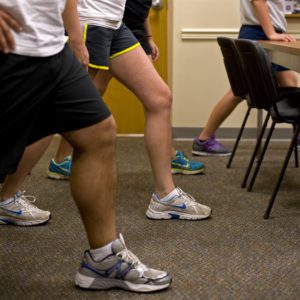
Focus on you feet. Having the right shoes will keep you body from:
- Losing posture
- causing a muscle strain
- further lower back pain
Crafting Your Technique To Be Unique
Your walking technique SHOULD and WILL mean everything. The way you walk can be the difference in aggravating you back, and the ounces to freedom.
What you don’t want to do is push you self to exhaustion.
“Build up, and manage your pain threshold.”
You will want to walk rapidly enough, but not to the point where you’ve lost your breath. A good rule of thumb is to walk at a pace where you can hold a conversation with someone else.
Pace yourself in time like this:
- Start walking straight and gingerly for 5 minutes.
- Once the times elapsed continue to walk for at least 30 minutes.
- Try a mile, then increase it to 2, and even 3 for 3-4 times a week.
- Keep you posture in check by standing straight.
- Tuck in you abdominal to support you lower back.
- Don’t lean forward.
- Let you arms swing forward, and stay relaxed.
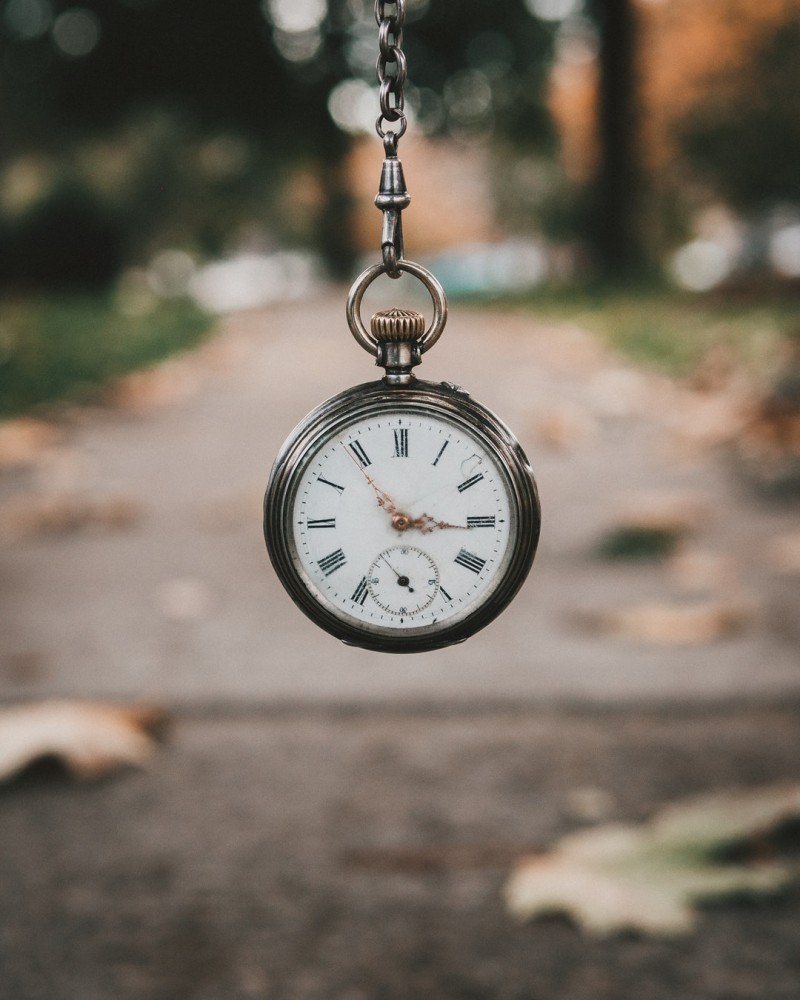
Walk and Talk this Way, Really Walk It And Rock It!
Believe it or not, the way you walk has a great impact on 3 structures::
- The Ligaments
- The Discs
- The Bones
What do the “BIG 3” all have in common ? It takes a particular amount of force to cause further pain of fury.
There are 4 major ways you can choose to walk right now, free of pain included.
Each one has a different effect, both good and bad. Which on will work for you?
Here are the 4 types of walking you will commonly see:
- Slow walking
- Fast walking
- Weight walking
- Treadmill
It’s great that you know all four but which “one” or “ones” will best suit your specific needs?
- Slow walking. This technique involves anything slow-paced to a stroll. Strolling has a great short term and long term use. But one better than the other.
“Strolling” greatly reduces you weight by 2 1/2 times what you body weight is! It’s because of result in decreased speed that keeps you body in constant shape, and motion.
When you take this approach, you minimize three parts to you back:
- Ligaments
- Discs
- Bones
Remember or heard about Newton’s third law of motion?
“For every action, there is an equal and opposite reaction. – Sir Alex Newton”
In Lamen terms, the force you apply on the surface has the same force acting back on you. Walk slow, generate enough force and the ground will be nice to you 🙂
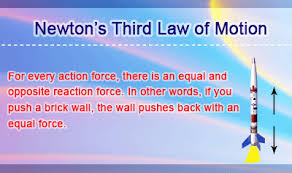
The amount of mass and inertia on the ground has the same amount of force back. Low forces create a constant friction, allowing you to have better form when walking.
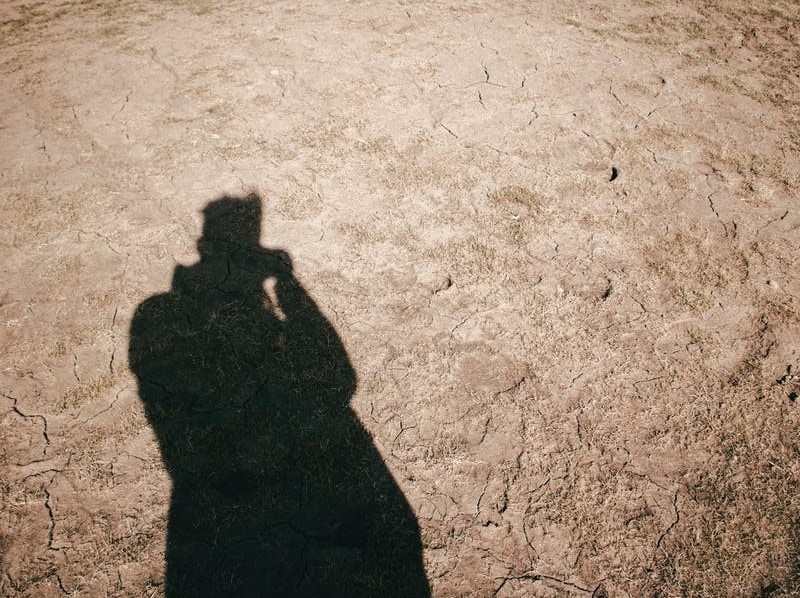
A long term negative effect: in the long term you can actually overuse you muscles, and joints because they are in a fixed position, and don’t get free-range of movement.
2. Fast walking. There’s slowing speeds down to a calibrated motion, and then there is the speed behind your wheels(you feet).

What comes to mind when you think about walking fast? Maybe the fact that you can get it out-of-the-way faster? “Thank god!”… Well not exactly.
Walking doesn’t have to be two things:
- Slow
- Dull
It can be EXCITING and FAST. But like any form of exercise, the way you perform it is crucial.
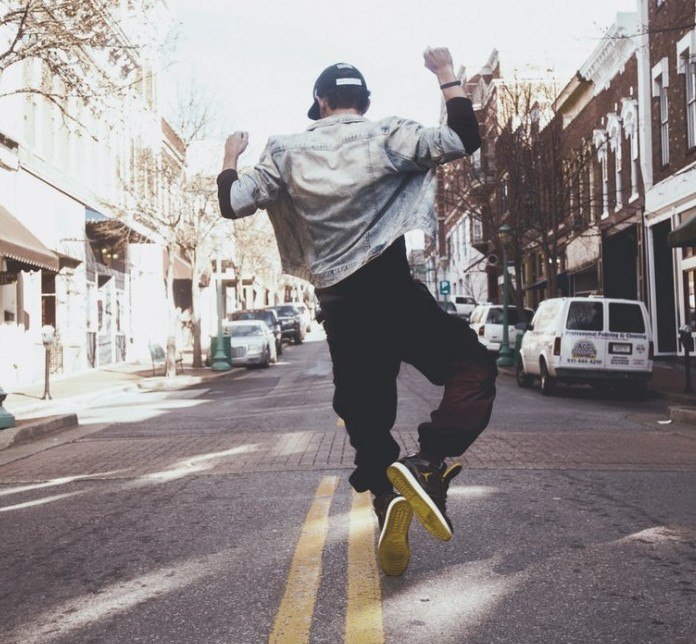
Here are the benefits:
- Much more beneficial to lower back pain sufferers, such as chronic, and sciatica.
- You carry the same amount of load as slower walking
- There are cyclical forces created to you tissues and spine
- You are arm swinging creates cyclical forces
- These lower forces indirectly affect the spine, causing you motions to move away from the spine
- Lower torque
- less muscle activation energy
Walking with Weights.

What if you:
- wanted to take a hike
- attend you next family picnic,
- take a tour around you favorite destinations landmarks
How can added accessories make it possible for you to do what you thought couldn’t be done?
Experiment with this as I did:
- Grab a standard sized backpack-a school one will work
- The ideal weight can be as low as 20 Lbs and up to 25 Lbs
- Find an uneven ground
- Load the back pack on you lower portion

At this point you’re likely to be STARING at a “hill”, like it was going to be yours to conqueror, and destroy. You’re ready mentally as you can be.
- Start walking up the hill at a comfortable pace suited for you lower back pain. There’s an extension happening as you are walking

The weight leads to an extension, an upright walking, and a better standing position. The load that is compressing is being decreased because you are extending you back to stand straight, and you legs to move in forward motion.
What was the purpose of an uneven ground? Simply physics.
Hear this if you want to know the physics behind, or keep scrolling.
- You’re walking for an uphill direction(magnitude) Your energy is converted into work, and the amount of work you do has a greater effect on efficiently increasing your hip exercise and hip extension. This is what you want happening!
Here is a cool video that demonstrates how to walk with friction in physics.
The uneven ground in the video above simulates the walker to make movement for the lower back, making it feel more THERAPEUTIC, just like my friend right her:

One of the most simplest methods of walking has not even been mentioned yet, and its what I use at least twice a week. Can you guess it?
3. The treadmill! Oh, does it have awesome upsides.

It has two safety benefits:
- Prevents new injuries
- eases you lower back pain
It’s the safest way that:
- strengthens you muscles
- improves bone health
- sheds the unwanted weight that conflicts with you back muscles
- Brings stimulation to you brain – get the pain receptors out of there.
Benefits continued…
- You don’t have to worry about the weather outside
- you can read a book, watch a movie, TV.
- There is nothing in front of you
like any upside there is a downside to this. Like walking slowly in a straight upright position, the treadmill may cause stresses to you lower back.
Don’t do this:
- Walk on an incline. You shift weight this way, and the load is carried to you hips and quadriceps. Think about you center of mass for a second.
Hold onto the rails when you feel that you are shifting you stance, or losing position on the machine.
*Attention:* Never speed up faster than what you can handle.
Can You Make Walking Work For You?
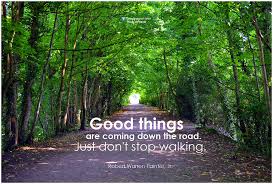
While walking provides the simplest form of benefits, there are limits for certain people.
Do you have an on going lower back pain that seems to appear over and over again? One that I can immediately think of is joint pain.
Your joints are the real reason why you’re having trouble walking, let alone standing up. But why?
There’s not enough synovial fluid reaching your knee cartilage between the bones, and in result “fibrin” keeps mounting up on the area of your pain.
To get long lasting relief in your joints before you can take your first foot step forward, sometimes we need the support of external forces.
You can get lucky, and put in effort after effort to get out that door, but you find yourself short of reach. But don’t give up just yet. The following step will point you in the best direction.
As we get older our joints don’t work the way they used to. Whether from constant beating up, or age, the cartilage and fluid just doesn’t reach your joints as well. I learned a lesson well learned from this.
I’ve beat up my joints after constant force and pressure from soccer, and wear and tear by getting up there in age. Some days I feel like a 60 year old man, and even my family tells me that, seriously. It’s laughable but I don’t see it that way.
I knew I needed to find a solution to do the low impact activities like walking day to day, and for pre and post exercise. I turned to a supplement I gained trust in rather quickly,
From this experience, I remembered one thing always…
Don’t be afraid to start the journey. Like they say:
“Your JOURNEY is the key to unlocking your DESTINATION“
People will find that walking causes discomfort. If you find it really discomforting, its time to stop and find an alternative. Don’t push beyond you limits because you’ll aggravate you back.
What you can do:
- Water therapy. Water therapy is great because it reduces buoyancy compression for you lower back. This way you can have more pain free movements.
You’re you own “friend an enemy.” You should understand and listen to you body every time, Doctors, and physicians can administrate a walking routine, and patterns for you but when it comes down to it, they don’t see how the structures that make up you back will react when they get put under pressure.

The Walking Of Today Is The Walking Of Your Tomorrow
You now know that walking is the lightest form of aerobic activity. It’s the first place to start. You can build back you muscle, allow nutrients to flow, and is mindless.
Before you get started you should know the safety concerns and tips. Generate a little walk, and follow it up with light stretching for the next 5 minutes.
The techniques are you blueprint. Keep you head straight, body up, arms inside. The way you know you’re doing it right is if you can hold a conversation with someone else without breathing hard.
You are walk doesn’t need to be dull. You have different forms of walking whether it is slow, fast, with weight, or on a treadmill.
Walking can be made right for you as long as you stay safe and keep a positive mind that you;re promoting you well-being for years to come!
That’s it! I hope you have enjoyed my assessment, as much as I was happy to write to you my knowledge. If you have any question, comments, opinions, or a story you want to share, I want to encourage you to do so in the comments below. I will get back to you right away!


I really struggle with lower back pain from years of being in construction. Thank you for some of the advice and tips I will definitely try them out.
Hi Brandon,
Any form of walking will alleviate your pain. I recommend starting with slow walking. I know how the construction industry can really do some damage to the lower back. I felt a lot of aches there. Sounds good! Let me know if you have further concerns or questions.
Hi Michael,
I never thought that walking can help lower back pain. I usually have a bath and massage. I thought it’s not good to walk when you have back pain.
Office hours are not a good friend for our back. OK, I’m also working standing, but still, the pain is there.
I will use the techniques described by you.
Thanks for sharing.
Hi Dany,
I was in your same shoes about 4 years ago. It really helps! a bath is decent. It just doesn’t target the exact area sometimes well enough, and it doesn’t penetrate enough, depending on the pain level that is. Massages are great. Some people can’t walk right away, for those that can’t an alternative solution like water therapy/aqua therapy is a starting point. No they are not lol. With my office job i’ll be sitting for way too long, and I know better. You must be getting excessive anterior pelvic tilt…causes a forward motion, and curving of your lumbar. Tilt your pelvis in the opposite direction. 1. it takes pressure off your facet joints. 2. Open up your hips with a deep squat. Without weights lower your body to the very bottom, bring your belly to your thighs. Relax there, rest your arms in front, tuck your knees and legs in. Hold it for a minute. Now come up. A good rotation and stretch works before. Hope this helps.
All the best,
Michael